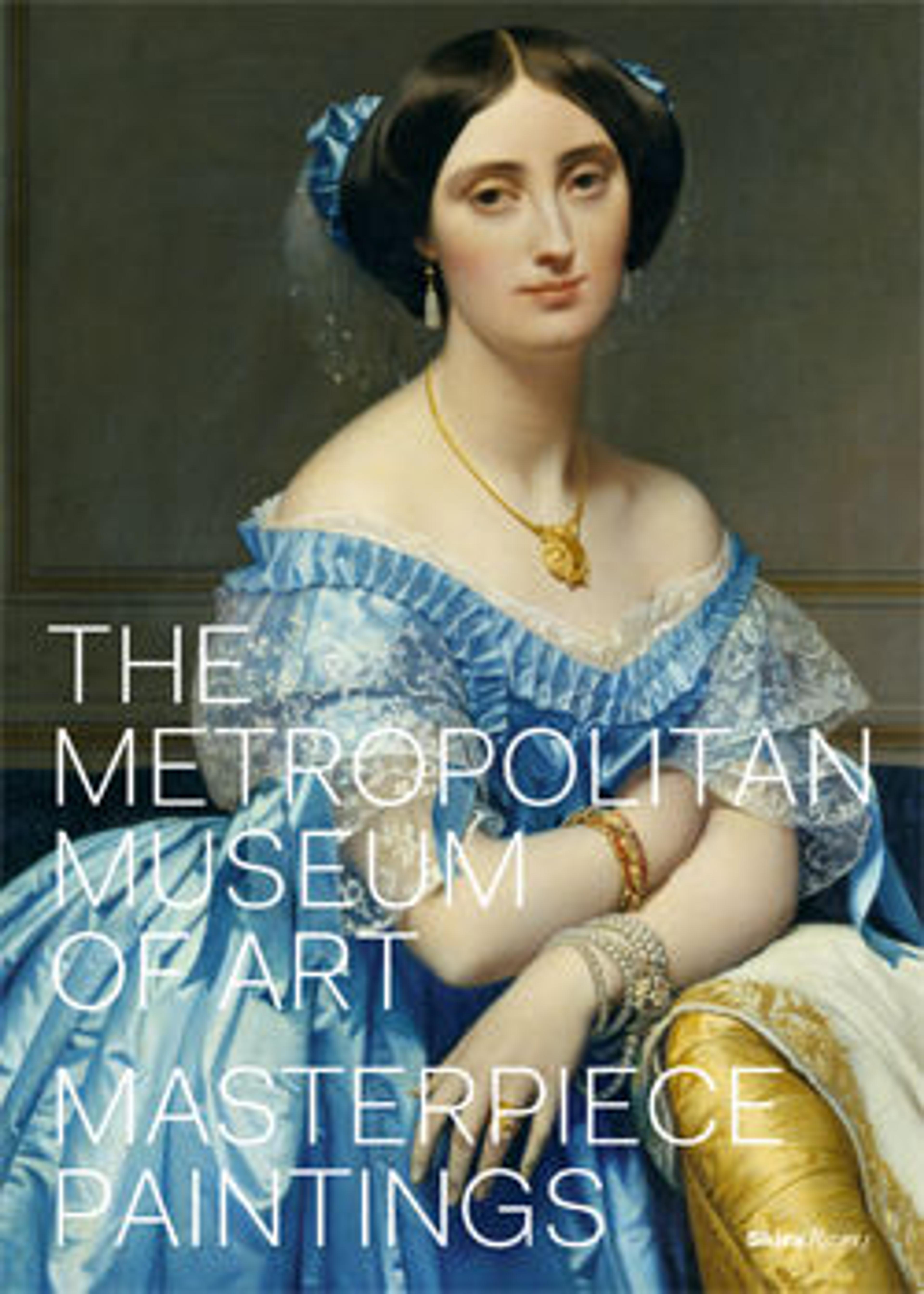Abraham
These four Old Testament prophets are among the masterpieces of Monaco, a leading late Gothic Florentine painter. Each figure holds an identifying attribute. David, holding a psaltery, is considered a direct ancestor of Christ; Moses holds two tablets of the Ten Commandments featuring pseudo-Hebrew script; Abraham prepares to sacrifice his only son Isaac, prefiguring the sacrifice of Christ; and Noah’s ark, the object of his salvation, is symbolically shaped like the church. The original arrangement and function of this group remains unknown.
Artwork Details
- Title:Abraham
- Artist:Lorenzo Monaco (Piero di Giovanni) (Italian, Florence (?) ca. 1370–1425 Florence (?))
- Date:ca. 1408–10
- Medium:Tempera on wood, gold ground
- Dimensions:Overall 26 x 16 7/8 in. (66 x 42.9 cm); painted surface 22 7/8 x 16 5/8 in. (58.1 x 42.2 cm)
- Classification:Paintings
- Credit Line:Gwynne Andrews Fund, and Gift of G. Louise Robinson, by exchange, 1965
- Object Number:65.14.1
- Curatorial Department: European Paintings
Audio
5202. Four Prophets: David, Moses, Noah, Abraham, Part 1
0:00
0:00
We're sorry, the transcript for this audio track is not available at this time. Please email info@metmuseum.org to request a transcript for this track.
Listen to more about this artwork
More Artwork
Research Resources
The Met provides unparalleled resources for research and welcomes an international community of students and scholars. The Met's Open Access API is where creators and researchers can connect to the The Met collection. Open Access data and public domain images are available for unrestricted commercial and noncommercial use without permission or fee.
To request images under copyright and other restrictions, please use this Image Request form.
Feedback
We continue to research and examine historical and cultural context for objects in The Met collection. If you have comments or questions about this object record, please contact us using the form below. The Museum looks forward to receiving your comments.
